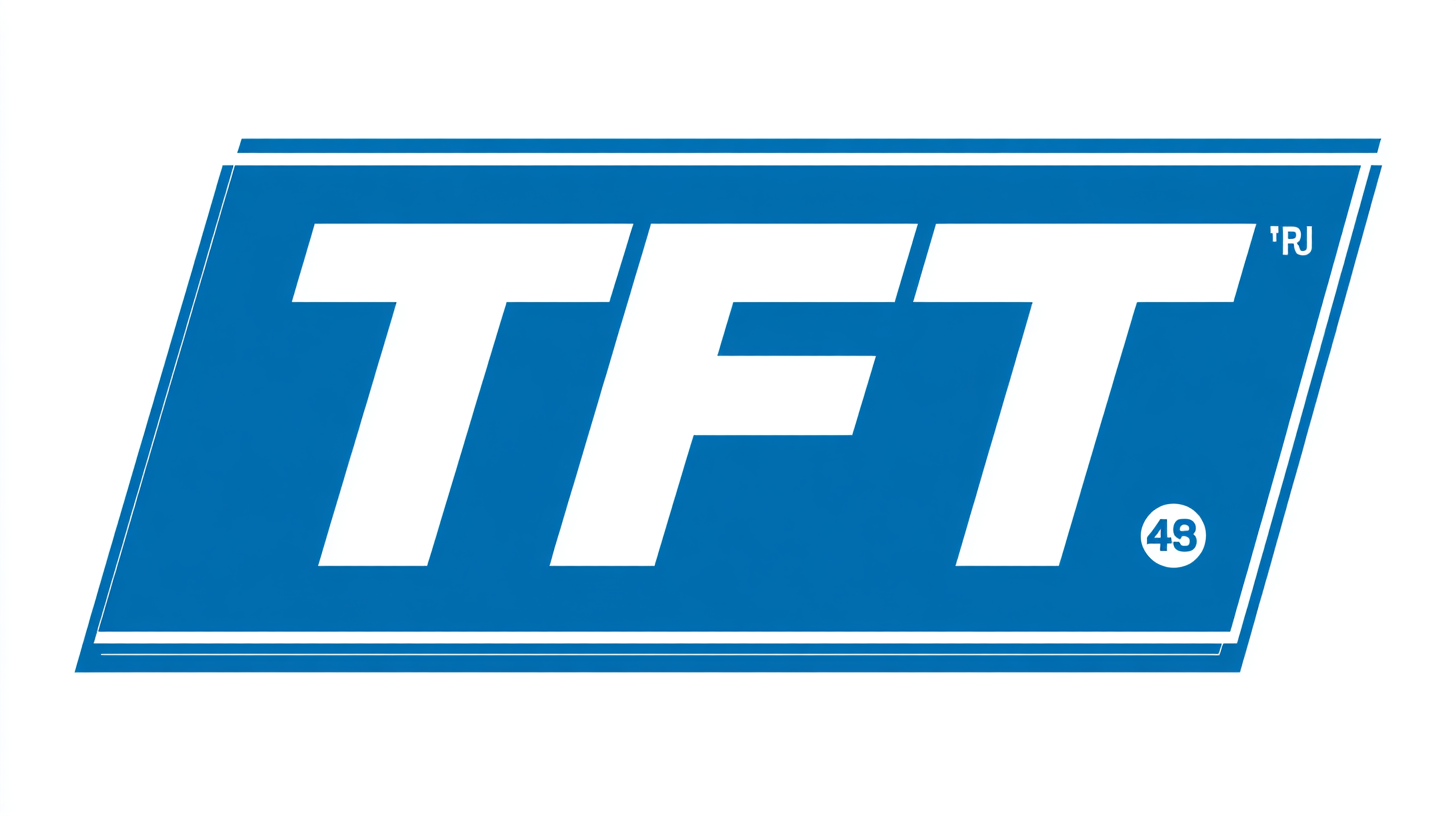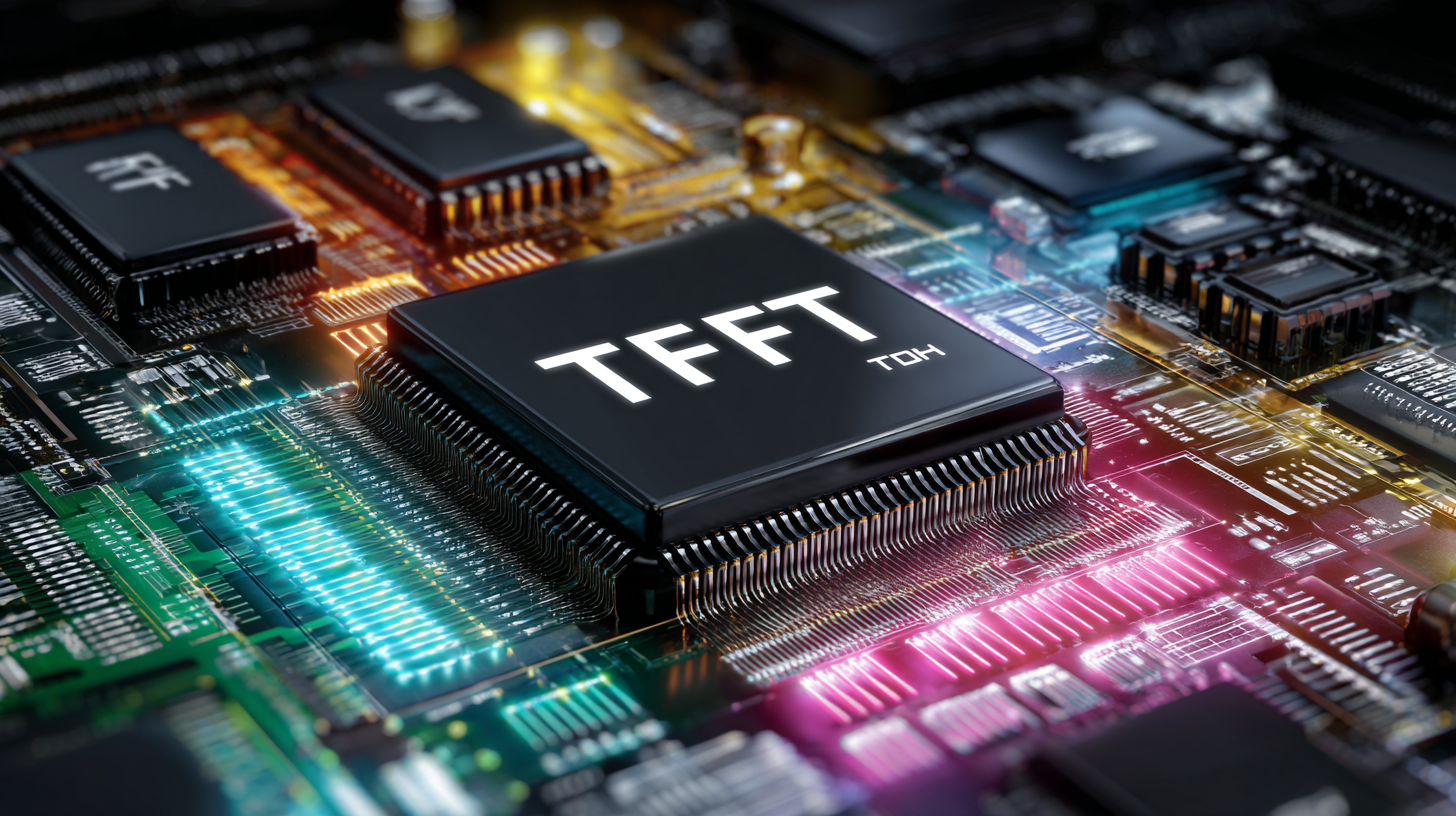
- English
- Español
- Português
- русский
- Français
- 日本語
- Deutsch
- tiếng Việt
- Italiano
- Nederlands
- ภาษาไทย
- Polski
- 한국어
- Svenska
- magyar
- Malay
- বাংলা ভাষার
- Dansk
- Suomi
- हिन्दी
- Pilipino
- Türkçe
- Gaeilge
- العربية
- Indonesia
- Norsk
- تمل
- český
- ελληνικά
- український
- Javanese
- فارسی
- தமிழ்
- తెలుగు
- नेपाली
- Burmese
- български
- ລາວ
- Latine
- Қазақша
- Euskal
- Azərbaycan
- Slovenský jazyk
- Македонски
- Lietuvos
- Eesti Keel
- Română
- Slovenski
- मराठी
- Srpski језик

Exploring Superior Alternatives to the Best TFT Display for Global Buyers
In the rapidly evolving landscape of display technology, the demand for superior visual experiences is pushing global buyers to seek alternatives to the traditional TFT Display. According to a recent market research report by Grand View Research, the global display market is projected to reach USD 250 billion by 2030, driven by innovations in OLED and mini-LED technologies that offer enhanced color accuracy and energy efficiency. As consumers increasingly prioritize high-quality visuals for devices ranging from smartphones to large-scale displays, understanding the limitations of TFT displays—such as slower response times and lower contrast ratios compared to their competitors—becomes crucial. This guide aims to delve into the various alternatives available, equipping buyers with the knowledge to make informed decisions in a competitive market.

The Rise of Chinese Manufacturers in the TFT Display Market
The TFT display market has seen a significant shift with the rise of Chinese manufacturers, challenging established brands and offering high-quality alternatives at competitive prices. These companies have invested heavily in research and development, leading to innovative technologies that enhance display performance. From vivid color reproduction to reduced power consumption, Chinese manufacturers are reshaping consumer expectations and pushing the boundaries of display capabilities.
For global buyers looking to explore superior alternatives, it's essential to consider a few tips. First, always assess the specifications thoroughly; look for key features such as resolution, refresh rate, and response time, which can greatly affect your viewing experience. Second, prioritize suppliers with solid after-sales support and warranty policies, ensuring a reliable purchase. Finally, don’t hesitate to request samples before making bulk purchases, as firsthand experience can be invaluable in verifying quality and performance.
As these manufacturers continue to grow, they are also expanding their influence in international markets. By fostering partnerships with technology firms and investing in global supply chains, they are positioning themselves as formidable players in the TFT display arena. This not only benefits consumers through increased choices but also drives innovation across the industry.
Exploring Superior Alternatives to the Best TFT Display
This chart compares various dimensions of TFT display alternatives and the best TFT display, highlighting areas where alternatives excel, particularly in resolution and price effectiveness.
Evaluating Key Features of the Best TFT Displays for Global Use
When evaluating the best TFT displays for global use, it’s essential to consider several key features that determine performance and suitability for various applications. First and foremost is the display resolution, which directly impacts image clarity and detail. Higher resolution screens provide better visual experiences, especially for intricate graphics and data presentations. Additionally, brightness and contrast ratio are critical, as they affect how content appears under different lighting conditions, ensuring visibility in diverse environments.

Another crucial feature is the viewing angle. A display with a wide viewing angle is particularly advantageous for collaborative settings where multiple viewers need to see the screen simultaneously. Furthermore, touch sensitivity and responsiveness are pivotal for interactive applications. With the increasing demand for touch-enabled devices, ensuring that the TFT display supports seamless touch interactions can enhance user engagement. Lastly, durability, including factors like temperature resistance and overall build quality, plays a significant role, especially for displays used in industrial or outdoor settings. By focusing on these features, global buyers can select the most suitable TFT displays that meet their unique requirements.
Comparative Advantages: Chinese TFT Displays vs. Global Competitors
As global demand for high-quality displays continues to surge, the competition between Chinese TFT (Thin Film Transistor) displays and their international counterparts intensifies. According to a recent report by Market Research Future, the global TFT-LCD market is projected to grow at a CAGR of 6% from 2021 to 2028, driven by increasing applications in mobile devices and consumer electronics.
Chinese manufacturers, such as BOE Technology Group and TCL, have made significant strides in production efficiency and technological advancements, enabling them to offer competitive pricing and features that appeal to global buyers.
One of the notable advantages of Chinese TFT displays is their ability to produce large-scale, high-resolution screens at a lower cost. A report from IHS Markit highlights that Chinese companies account for over 40% of the world's TFT production, allowing for economies of scale that are difficult for smaller international players to match. This pricing advantage, combined with the rapid development of OLED technology and improved color reproduction, positions Chinese displays as a formidable choice for manufacturers looking to optimize their supply chains without sacrificing quality. As the industry evolves, cleaving the gap between quality and affordability will be critical for global buyers in making informed decisions.
Understanding the Export Success of Chinese TFT Technology
The export success of Chinese TFT technology is a testament to the country's rapid advancements in display manufacturing. Over the past decade, China has emerged as a leader in the TFT (Thin Film Transistor) display market, leveraging its robust supply chain, skilled workforce, and government support. Notably, the integration of cutting-edge technologies such as AMOLED and Mini-LED has allowed Chinese manufacturers to produce displays that not only meet but often exceed global quality standards. These advancements have opened doors for Chinese companies to penetrate international markets, catering to a diverse range of applications from consumer electronics to automotive displays.

Moreover, the competitive pricing of Chinese TFT displays plays a significant role in their export success. By optimizing production processes and investing in automation, Chinese manufacturers can offer high-quality displays at a fraction of the cost of their Western counterparts. This affordability has attracted global buyers looking to maximize their profit margins without compromising on quality. As the demand for advanced display solutions continues to rise, China's ability to innovate and adapt will undoubtedly solidify its reputation as a formidable player in the global TFT technology arena.
Future Trends: Innovations in TFT Displays and Their Global Impact
Recent advancements in Thin-Film Transistor (TFT) display technology are set to redefine user experiences across various sectors. Innovations such as quantum dot technology and OLED’s integration into TFT panels are gaining momentum, making displays brighter and more energy-efficient. According to a report by MarketsandMarkets, the global TFT display market is projected to reach USD 100 billion by 2025, driven by the increasing demand for high-resolution screens in consumer electronics, automotive, and medical sectors.
Furthermore, sustainability is becoming a pivotal focus in TFT display manufacturing. As consumer awareness grows, manufacturers are incorporating eco-friendly materials and processes. A study by ResearchAndMarkets indicates that sustainable display technologies could capture up to 30% of the market share by 2027. This shift not only aligns with global sustainability goals but also attracts environmentally conscious consumers.
As these trends unfold, the impact on pricing, performance, and adoption rates of TFT displays will be significant, making it essential for global buyers to stay informed about these innovations.